This radio belongs to Jeff, a long time local collector. He would like the chassis to remain as original in appearance as possible while still functioning like new. (Not too big of a challenge).
I believe this restoration to be critical in preserving the history of one of these iconic examples of American innovation and industrial prowess in the early years of radio. For this, I have made an exception to the "no outside projects" statement on the home page.
This restoration may seem a little slow since I can only spend a short time over the bench on any day - getting old is a PTA, but this gives me time to accurately update this blog.
The 1000Z has 2 major chassis, The RF chassis (above) and the Power Supply/Audio Amp chassis. Additionally, the output/crossover chassis has some critical, custom, parts that must be serviced.
I have begun work on the receiver (RF) chassis and will post updates as the project progresses.
HOLD it right there - Well, after a closer examination, we have decided to replate (chrome) the receiver chassis. This is a huge amount of additional work, but it would be a shame to have the restored chassis looking like this:
The dog-bone replacement resistor kit for this chassis is finished.
Updated pictures as the chassis is stripped of all parts -
One of the filter caps has blown the top off - will have to fix or find replacement.
The relay that enables/disables the audio in the muting circuit has an open coil (just like on mine and I suspect many others). It will be rewound.
A few of the original "paper" caps have been replaced - I will use the artwork created in the earlier restoration to build correct-looking replacements.
Chrome - as noted above.
Note that two 76s drive two 42s driving eight 45s (not shown).
Below, the deconstruction process continues.
I have not seen these exact units in any other radio. It would be fair to say that replacements would be very valuable. There is no indication that these are damaged.
The trip lever on the shaft of the volume control is used to switch the radio on/off. Needing to switch 350W, I believe that a suitable combined volume on/off switch was not available.
At this point, I am going to begin work on the power/amp section and will start a new blog entry.

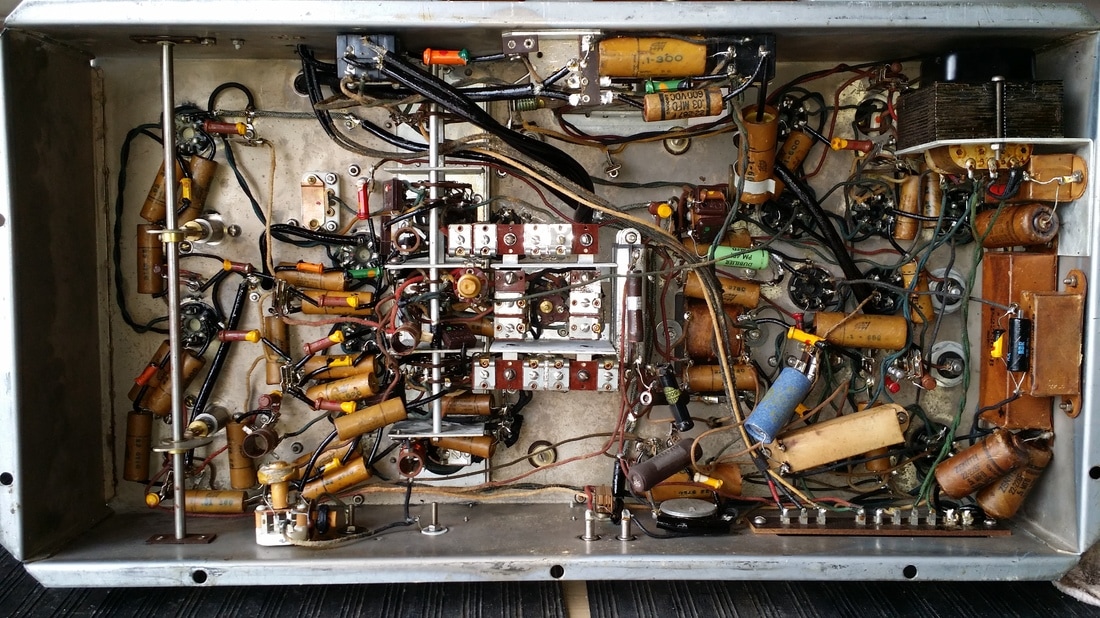
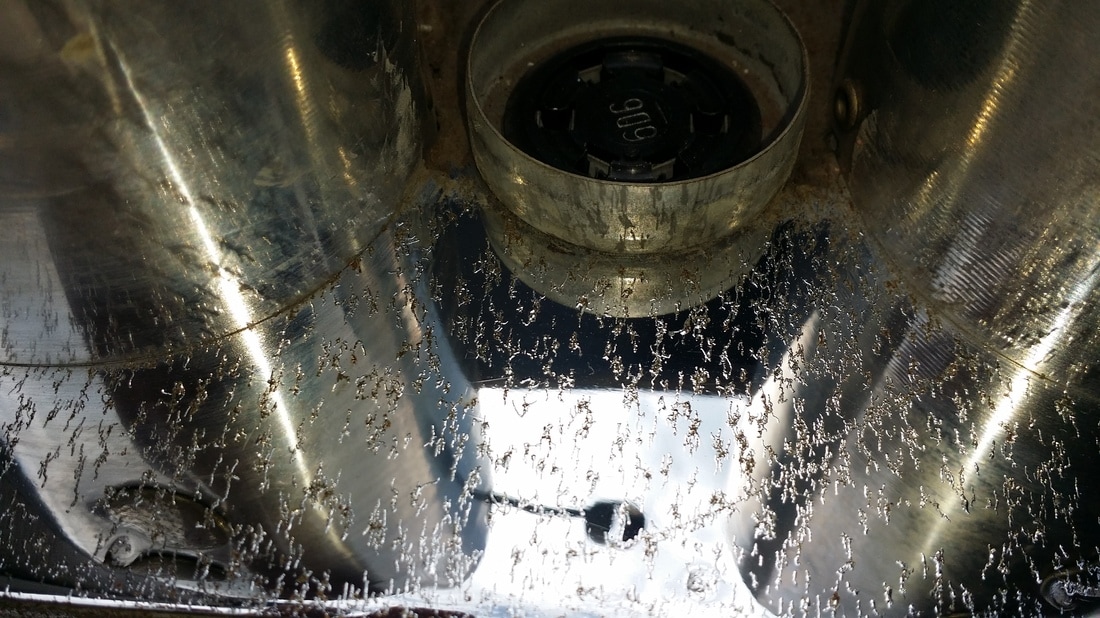
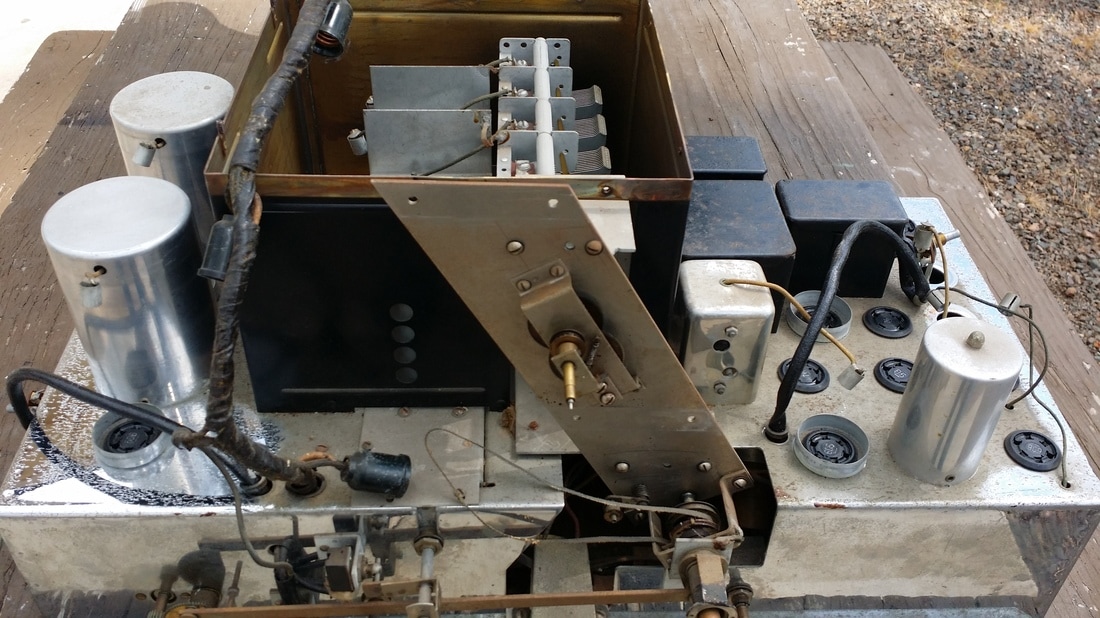
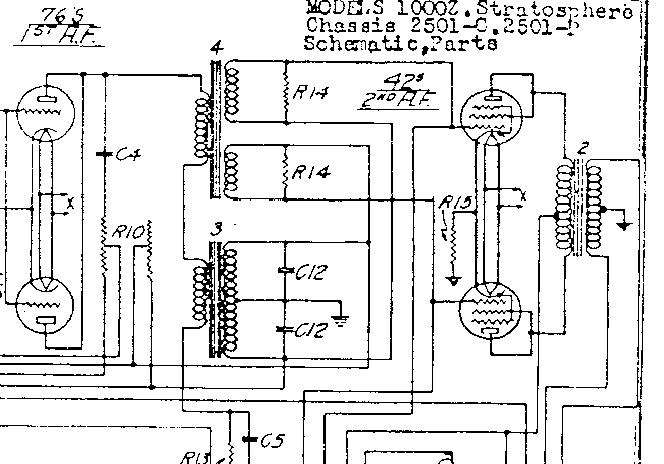

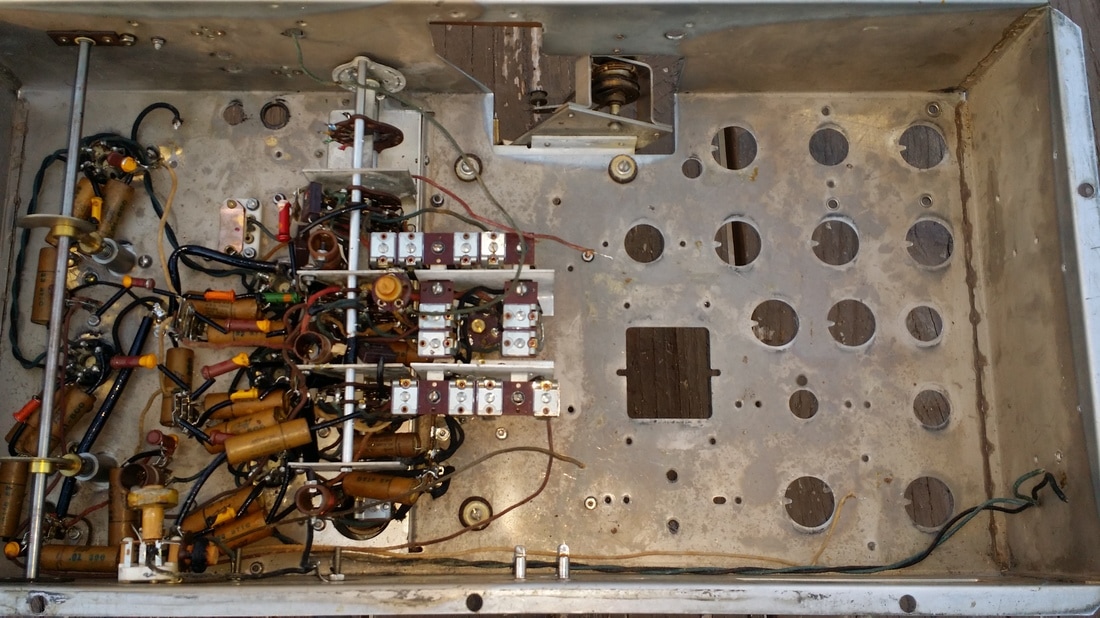
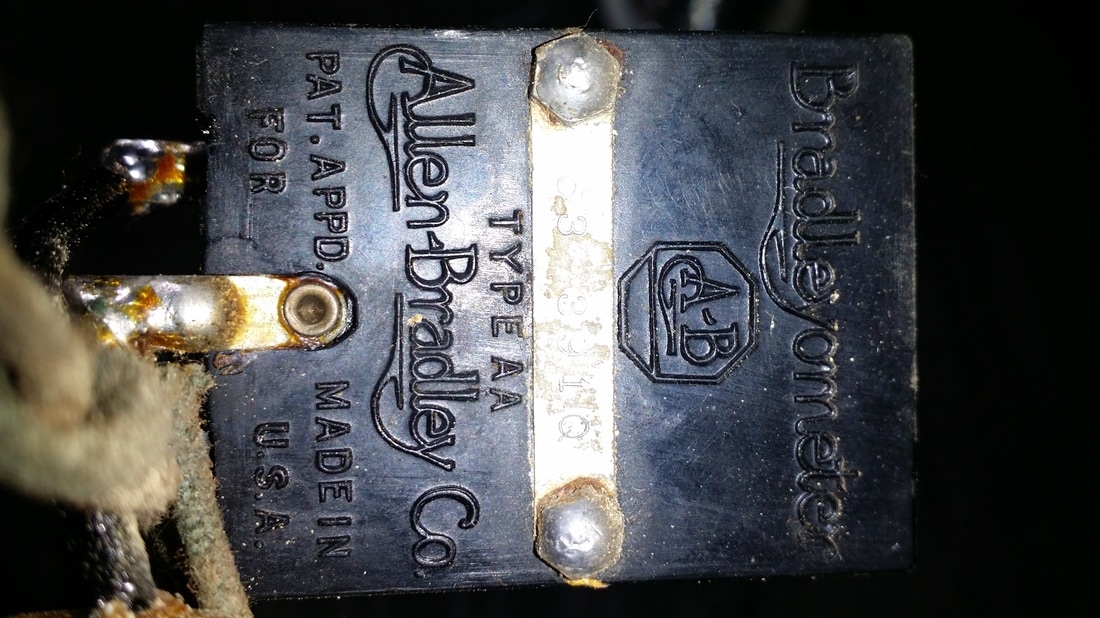
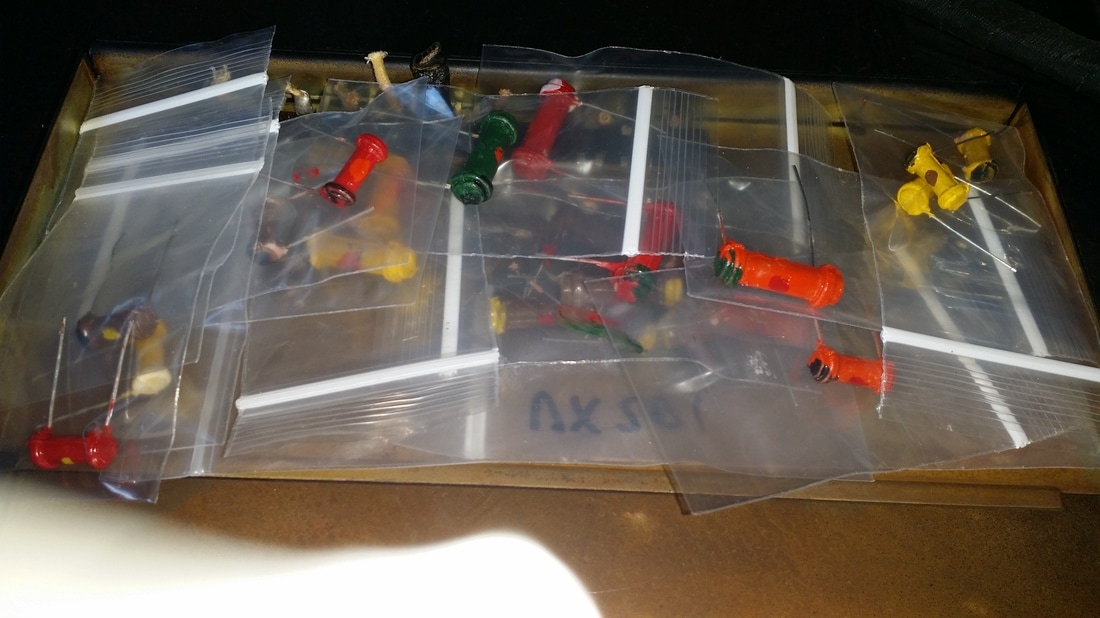
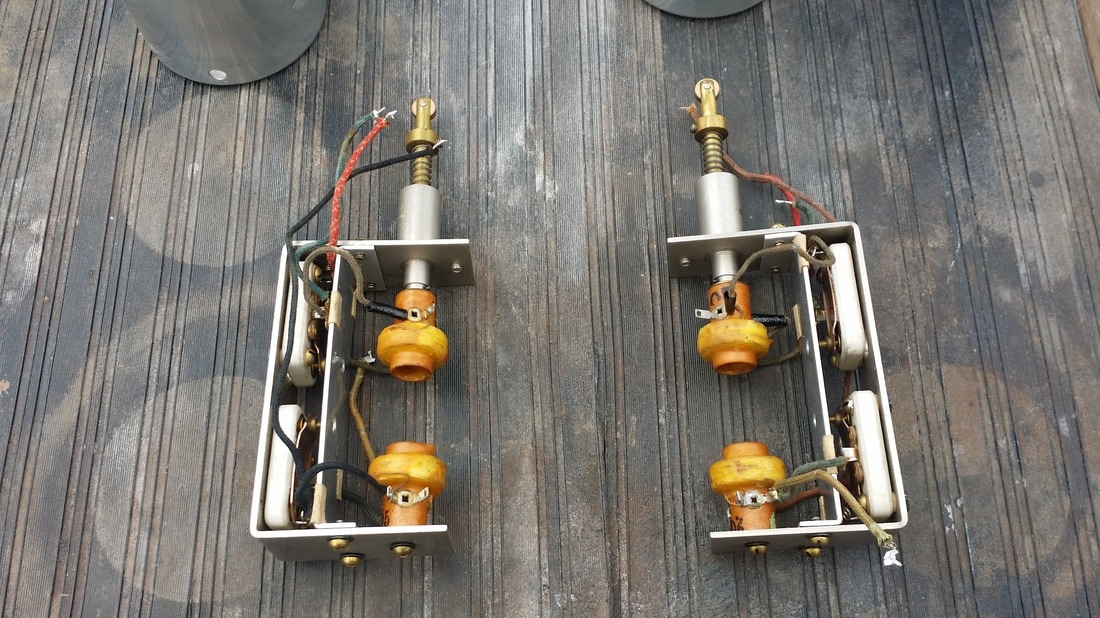
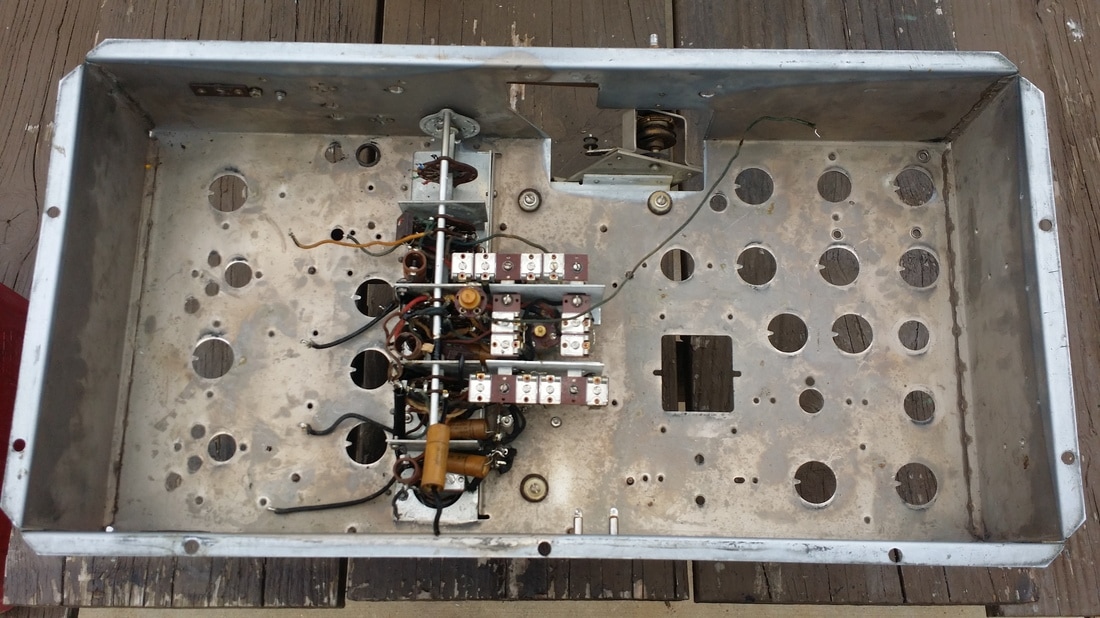
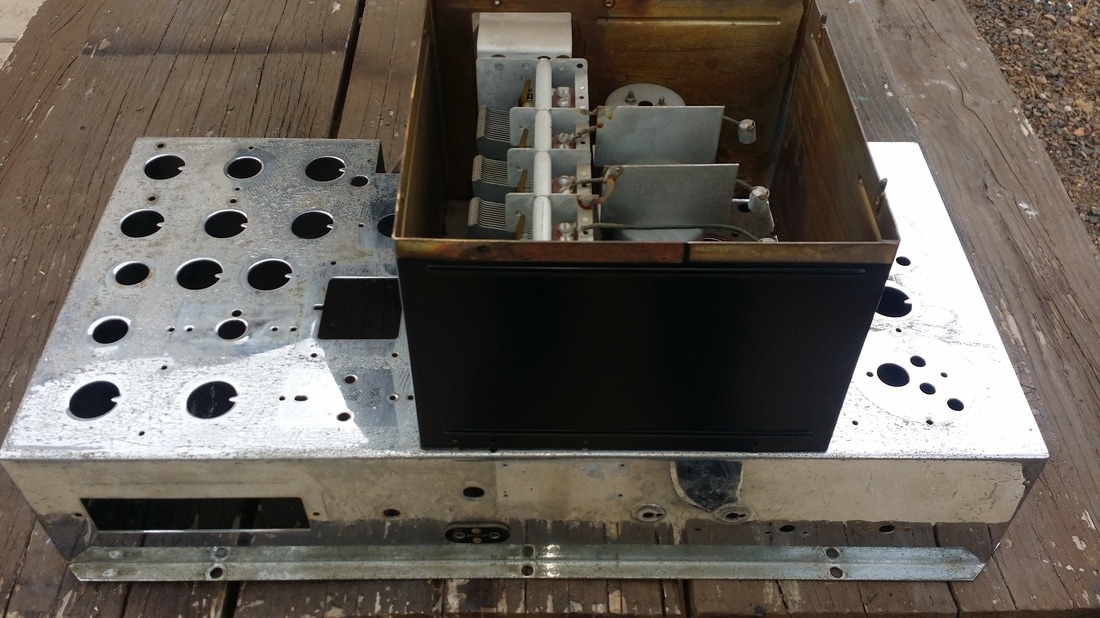
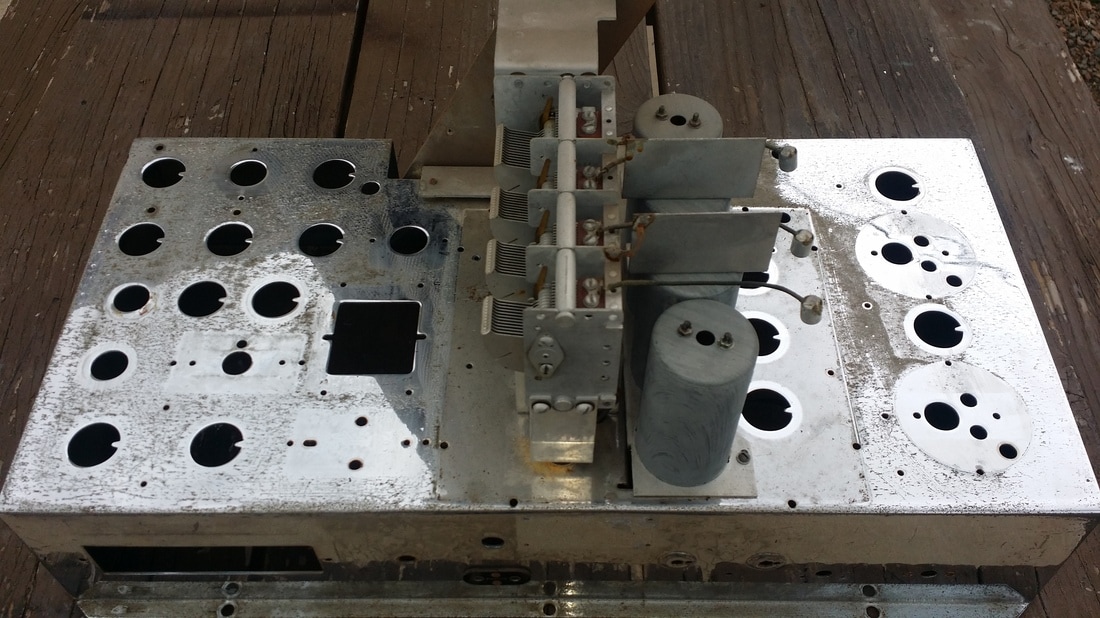
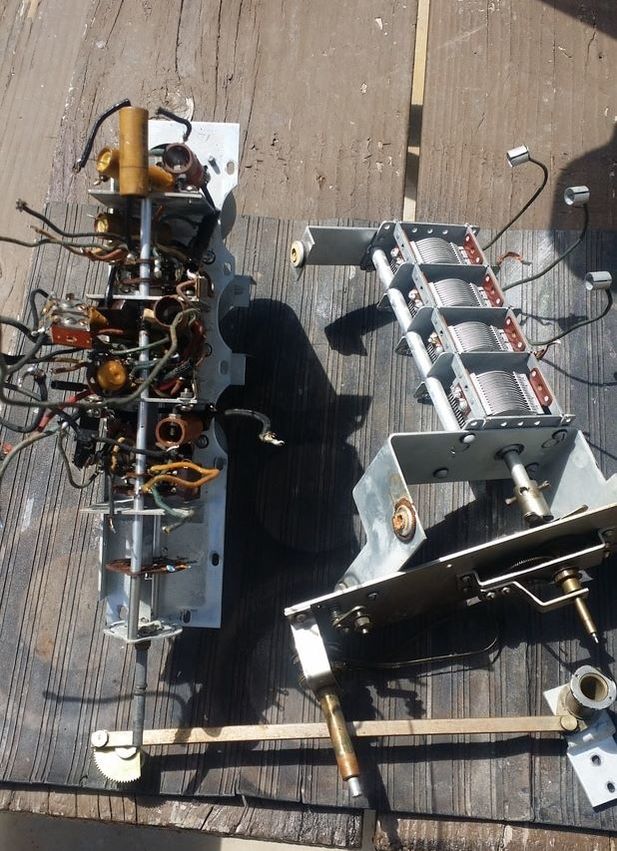
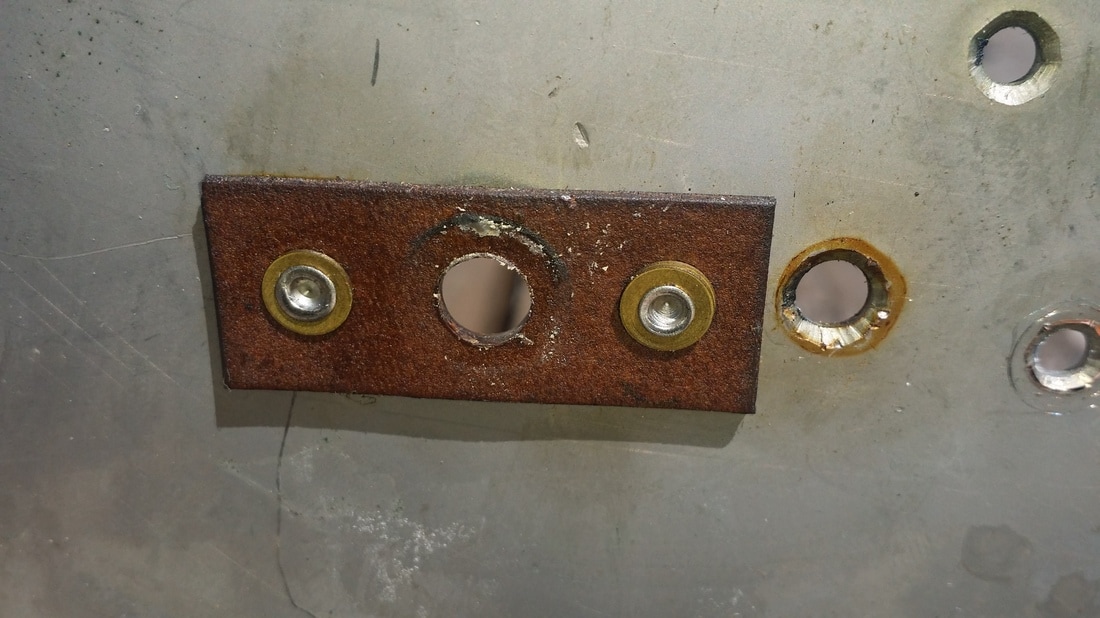
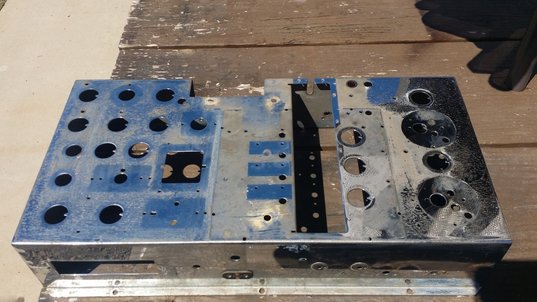
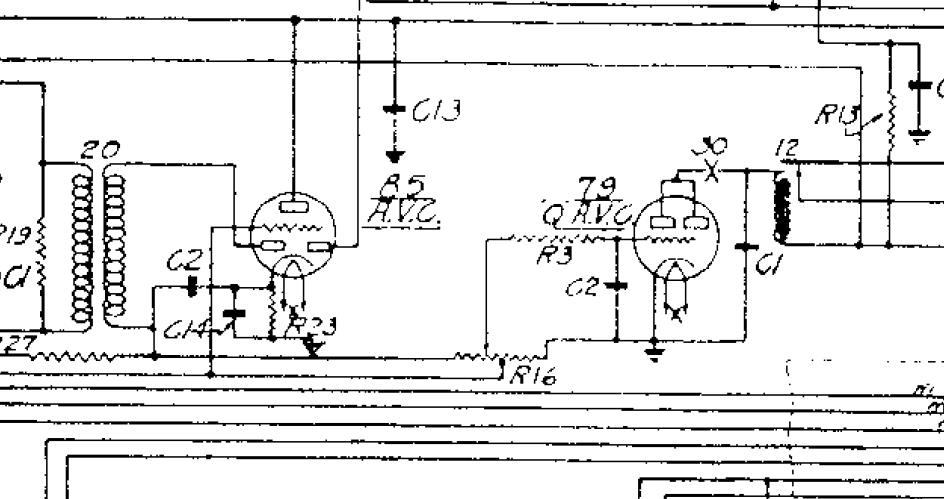
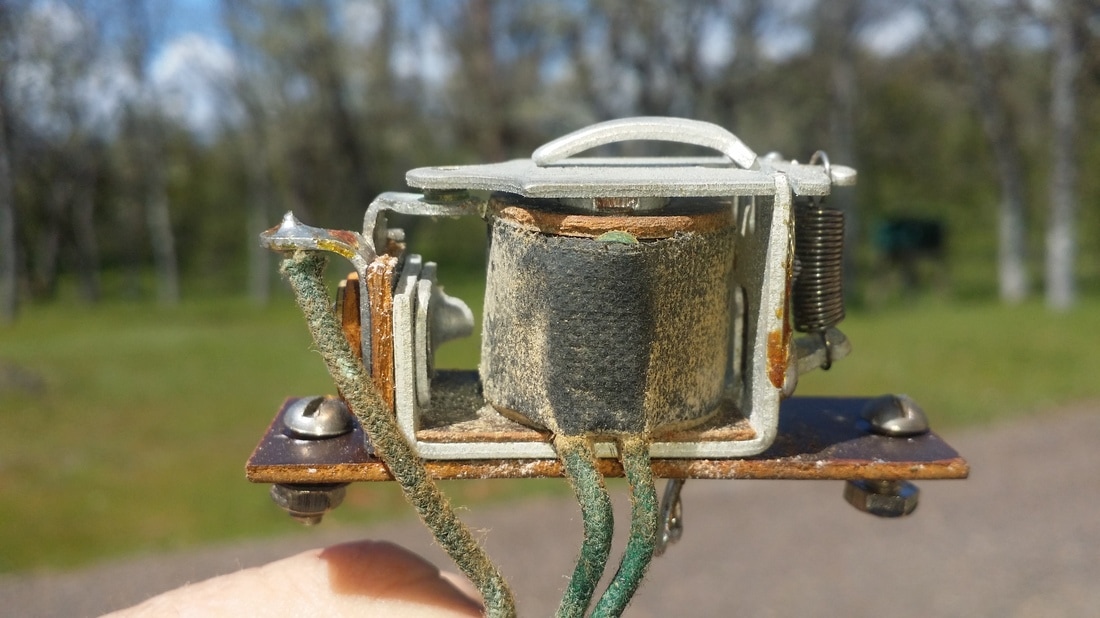
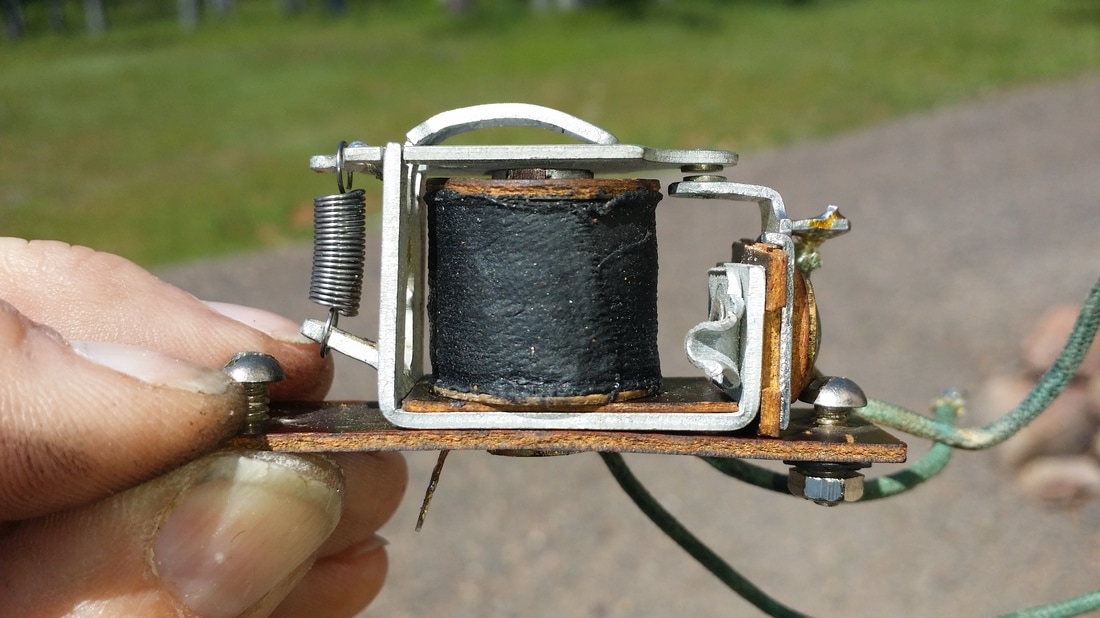

 RSS Feed
RSS Feed